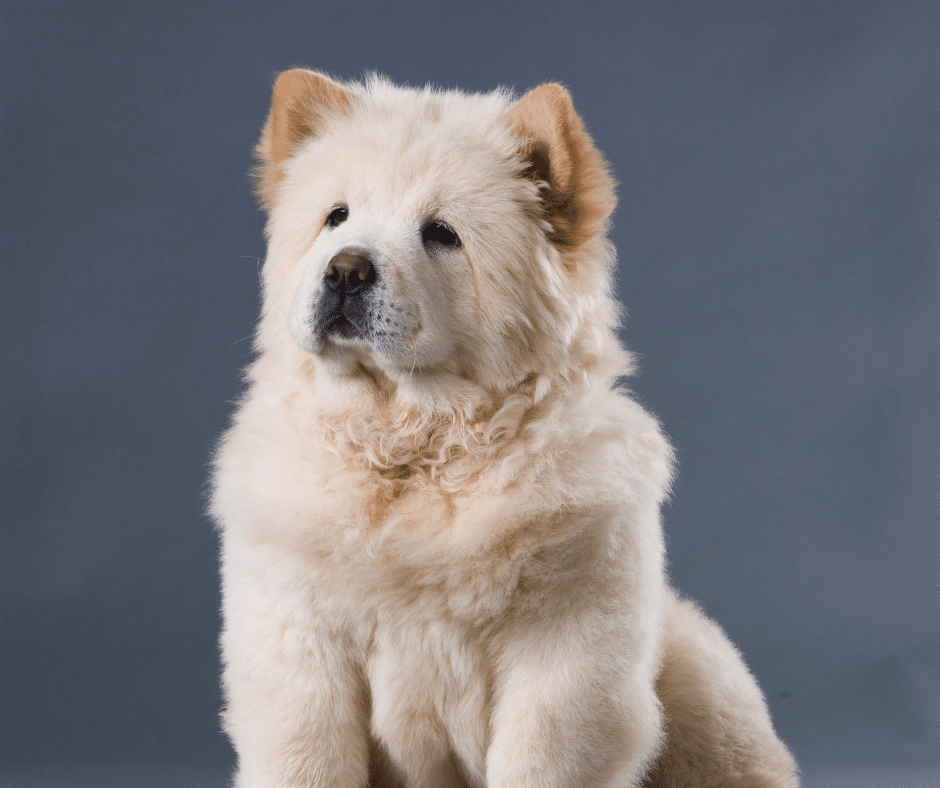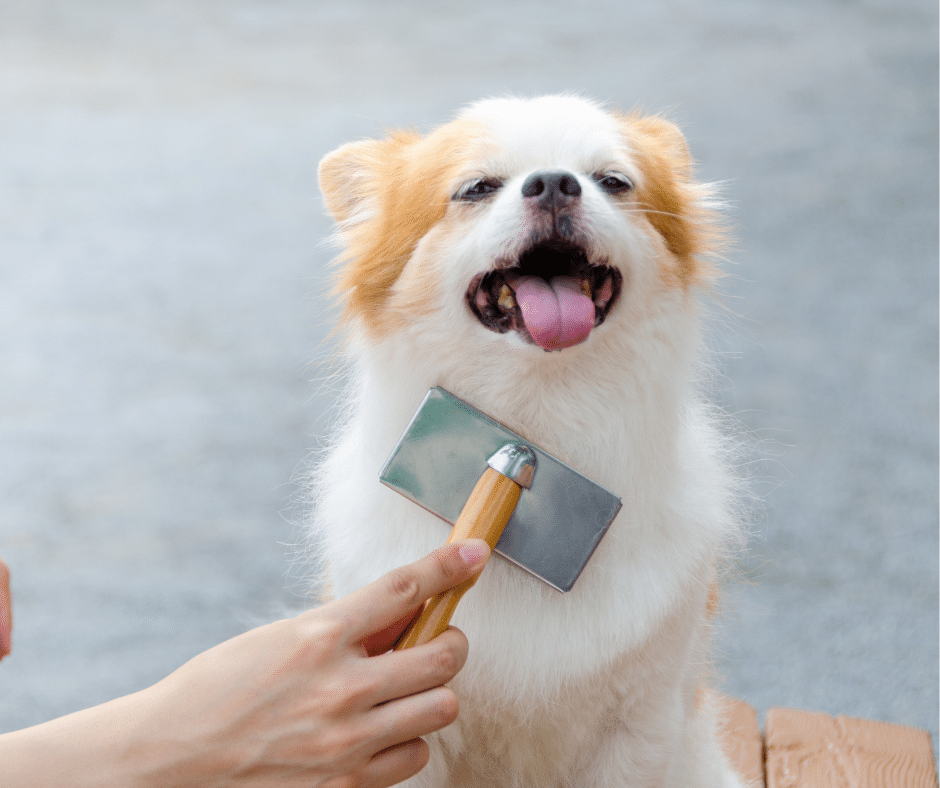Understanding Your Pet’s Shedding Cycle
As spring arrives, pet owners often find themselves facing a seemingly endless cascade of fur. Understanding your pet’s shedding cycle can transform this seasonal challenge into a manageable grooming routine. Shedding is a natural process through which animals remove old or damaged hair, making way for new growth. This cyclical process varies among species and breeds, but some common patterns emerge.
Pets typically shed their winter coats in the spring, a period marked by increased daylight and warming temperatures. This transition helps them adapt to the changing climate, shedding the thick, insulating fur that protected them during colder months. While shedding is more pronounced in some breeds, such as Huskies and Retrievers, it is a universal occurrence among furry companions.
Factors Influencing Shedding
- Breed Characteristics: Different breeds have distinct shedding patterns. Double-coated breeds, for example, experience significant seasonal shedding, while single-coated breeds shed less noticeably.
- Health and Diet: Nutritional deficiencies or health issues can exacerbate shedding. Ensuring your pet receives a balanced diet rich in essential fatty acids supports healthy skin and coat.
- Environmental Changes: Indoor pets exposed to artificial lighting may shed year-round, as their biological responses are less influenced by natural light cycles.
Recognizing these factors allows pet owners to anticipate shedding patterns and implement effective grooming strategies. By aligning grooming practices with your pet’s natural shedding cycle, you can minimize loose hair in your home and enhance your pet’s comfort and well-being during seasonal transitions.
Importance of Professional Grooming in Spring
As the snow melts and the days grow longer, spring heralds a time of renewal not only for nature but for our furry companions as well. This season marks a significant transition period for pets, especially those with thicker coats, as they begin to shed their winter fur in preparation for warmer weather. Herein lies the critical importance of professional grooming during springtime. By engaging experts in the art of pet care, owners can significantly reduce the shedding that often accompanies this seasonal change, ensuring a cleaner home and a more comfortable pet.
Professional groomers possess the specialized tools and techniques necessary to tackle shedding effectively. They offer services such as deshedding treatments, which involve the use of high-quality brushes and combs designed to reach the undercoat and remove loose fur without damaging the pet’s skin. Furthermore, groomers are adept at identifying and addressing any skin issues or tangles that could exacerbate shedding if left untreated.
In addition to their technical skills, professional groomers provide valuable expertise in assessing the overall health of a pet’s coat and skin. They can recommend suitable grooming schedules and products tailored to the specific needs of different breeds, ensuring that every pet receives the individualized care they deserve. This guidance can help pet owners maintain their pets’ coats in optimal condition throughout the season.
Embracing professional grooming during spring not only minimizes shedding but also contributes to the overall well-being of pets. A well-groomed pet is a happy pet, free from the discomfort of tangled fur and irritated skin. Thus, investing in professional grooming services this spring can make a world of difference, enhancing the bond between pet and owner while paving the way for a joyous, shed-free season.
Benefits of Regular Grooming for Your Pet’s Health
As the seasons transition, particularly into the blossoming vibrancy of spring, pet owners often notice an increase in shedding. While this is a natural process, regular grooming plays a pivotal role not only in managing excess fur but also in enhancing your pet’s overall health. Grooming is far more than a cosmetic routine; it is an essential aspect of pet care that offers multiple benefits to your furry companion’s well-being.
Enhancing Skin Health
One of the primary advantages of regular grooming is the improvement of your pet’s skin health. Frequent brushing helps to distribute natural oils across the skin, ensuring it remains moisturized and less prone to irritation. This practice can prevent the onset of skin conditions such as dandruff or dry patches, which can be uncomfortable for your pet.
Early Detection of Health Issues
During grooming sessions, you have the opportunity to closely inspect your pet’s body for any anomalies. This can include lumps, bumps, or signs of parasites such as ticks and fleas. Early detection of these issues allows for prompt veterinary attention, potentially averting more serious health problems in the future.
Reduced Shedding and Cleaner Living Environment
Regular brushing significantly reduces shedding by removing loose fur before it ends up on your floors and furniture. This not only helps keep your home cleaner but also minimizes the risk of hairballs in cats and the ingestion of loose hair by dogs, which can lead to digestive issues.
Strengthening the Human-Animal Bond
Beyond physical health benefits, grooming also strengthens the bond between you and your pet. This time spent together fosters trust and comfort, making your pet more accustomed to handling and reinforcing your role as a caregiver.
In conclusion, integrating routine grooming into your pet care regimen this spring is a proactive approach to maintaining their health and happiness. This investment in their well-being pays dividends in the form of a healthier, more vibrant pet and a cleaner, more harmonious household.
At-Home Grooming Tips to Minimize Shedding
As spring arrives, pet owners often face the annual challenge of increased shedding. This natural process, while unavoidable, can be managed effectively with a few at-home grooming techniques. Ensuring your pet’s comfort while keeping your home fur-free requires a strategic approach to grooming, tailored to your pet’s specific needs.
Regular Brushing
One of the most effective ways to reduce shedding is through regular brushing. Depending on your pet’s breed and coat type, brushing two to three times a week can significantly minimize loose fur. Opt for a brush suited to your pet’s coat—slicker brushes are perfect for long-haired pets, while bristle brushes work best for those with shorter coats. Regular brushing not only helps in removing loose fur but also promotes healthy skin and a shiny coat by distributing natural oils.
Bathing with Mild Shampoos
Bathing your pet once every four to six weeks can also help control shedding. Use a mild, hypoallergenic shampoo to prevent skin irritation. Bathing helps loosen and remove excess fur while keeping your pet’s coat clean and healthy. Always ensure your pet is thoroughly dried after baths to prevent any skin issues.
Proper Nutrition
Diet plays a crucial role in your pet’s coat health. Providing a balanced diet rich in omega-3 and omega-6 fatty acids can enhance coat condition and reduce shedding. These nutrients can be found in high-quality pet foods or supplements, ensuring that your pet has all the necessary nutrients for optimal skin and coat health.
Hydration and Environment
Keeping your pet well-hydrated is essential for maintaining a healthy coat. Ensure your pet has access to fresh water at all times. Additionally, consider using a humidifier in your home to maintain optimal humidity levels, which can prevent dry skin and excessive shedding.
By incorporating these at-home grooming tips, you can effectively manage and reduce shedding this spring, ensuring your pet remains comfortable while keeping your living space tidy. Consistent grooming not only improves your pet’s coat health but also strengthens the bond between you and your furry companion.
Choosing the Right Tools for At-Home Grooming
Springtime heralds not only the bloom of flowers but also the inevitable shedding season for many pets. To tackle this hairy situation effectively, selecting the right grooming tools is paramount. Making informed choices about grooming tools can significantly reduce the amount of fur that ends up on your furniture and clothes, keeping your home cleaner and your pet more comfortable.
Understanding Your Pet’s Coat Type
Before you embark on your grooming journey, it’s crucial to identify your pet’s coat type. Different breeds have varying grooming needs. For instance, a pet with a thick double coat, like a Siberian Husky, requires different tools than a short-haired breed like a Beagle. Understanding these distinctions will guide you in selecting the most effective brushes and combs.
Essential Grooming Tools
- Deshedding Tools: These are specially designed to reach deep into the undercoat, pulling out loose fur without damaging the topcoat. Products like the Furminator are popular for their effectiveness in minimizing shedding.
- Slicker Brushes: Ideal for detangling and removing loose fur, slicker brushes are perfect for long-haired pets. They can navigate through thick fur to remove knots gently.
- Rubber Curry Brushes: Perfect for short-haired breeds, these brushes help to massage the skin, promote healthy circulation, and collect shedding fur.
Investing in quality grooming tools tailored to your pet’s specific needs not only makes the grooming process more efficient but also enhances the bond between you and your furry friend through regular, gentle grooming sessions. By choosing the right tools, you are well on your way to managing shedding effectively this spring, ensuring a cleaner home and a happier pet.








Recent Comments